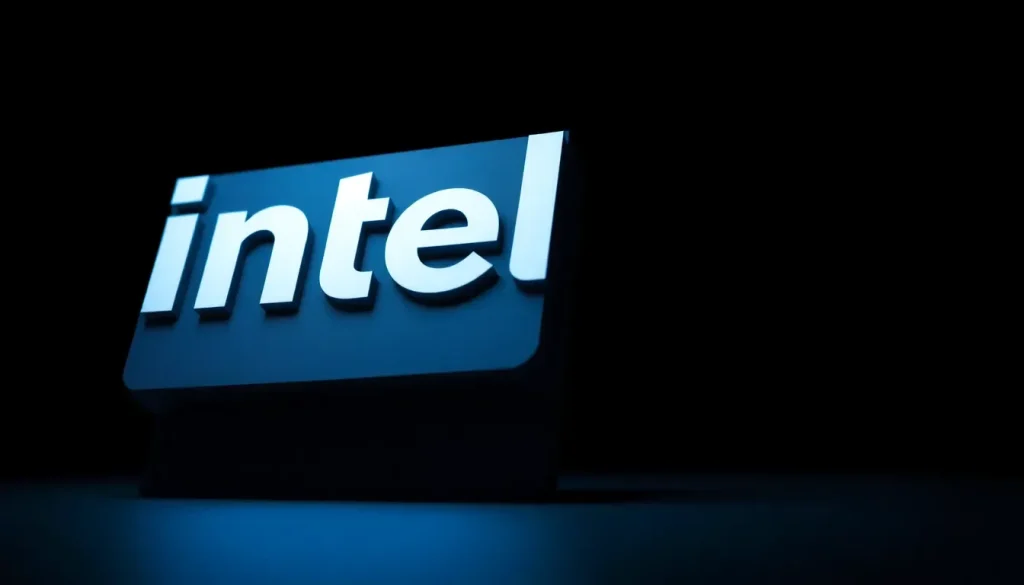Intel reassesses open source strategy to control AMD, NVIDIA, Qualcomm, Arm usage

Intel has long been a cornerstone of the open-source software community, contributing significantly to various projects from the Linux kernel to optimized libraries for its Xeon processors. However, recent statements from Kevork Kechichian, Intel's current head of data center business, suggest a potential shift in strategy that could transform the company's relationship with a community that has historically viewed Intel as a key ally in the open-source domain. The reason behind this shift? Competing companies are reportedly taking advantage of Intel's advancements.
This change in approach comes at a crucial time as Intel seeks to solidify its market position in data centers and reduce the technological edge held by rivals such as AMD, NVIDIA, and Qualcomm, all of which have increasingly robust involvements in open-source projects related to hardware. This, understandably, complicates these companies' ability to innovate without investing significant time and resources into developing certain open-source software.
Intel considers scaling back its contributions to open-source software
During a recent Tech Tour held in Arizona, following the unveiling of the Panther Lake architecture, Kechichian acknowledged that Intel “probably has the largest presence in open-source from an infrastructure standpoint.” However, he expressed concerns about how competitors might exploit these contributions.
“We need to find a balance that allows us to leverage this as an advantage for Intel and not let others appropriate it,” he stated during his remarks.
Later, in discussions with the press, he sought to clarify his stance, anticipating possible backlash, and explained his viewpoint:
“Our intention is never to abandon open-source. Many people benefit from the significant investment that Intel has made in it. We will simply figure out how we can gain more from that compared to everyone else who uses our investments.”
A spokesperson for the company reinforced that “Intel remains firmly committed to open-source,” while adding further nuance:
“We are reinforcing our focus on where and how we contribute, ensuring that our efforts not only bolster the communities we have supported for decades but also highlight Intel's unique strengths.”
Linux at the center of the issue: AMD, Arm, and Qualcomm as major beneficiaries
These statements reflect a long-standing tension: the balance between openness and control. Open-source has been a driving force for innovation and transparency, shaping Intel's identity over the past decade. Yet, it also means that optimizations designed for Intel hardware can be leveraged by other manufacturers. For instance, AMD integrates many of these enhancements into the Linux kernel or its own ROCm ecosystem for GPUs.
Qualcomm and Arm follow a similar path with open drivers and accessible firmware. Even NVIDIA, which has traditionally been more closed, has begun to release key components of its drivers and AI libraries, albeit in small measures, since CUDA remains a significant asset for the green team.
Amidst this landscape, Intel faces the dilemma of protecting its intellectual property without alienating a community that values collaboration above all. Such a move could undoubtedly lead to substantial criticism, especially given the current climate. Should the company decide to impose stricter constraints, it could result in fragmentation within the Linux ecosystem, leading to code forks and compatibility issues across platforms. This scenario does not even account for the potential internal repercussions.
Intel is thus at a crossroads. Should it overly restrict its contributions, it risks losing relevance in an increasingly collaborative environment. Conversely, if it maintains its current openness, it may continue to fuel the progress of competitors who are advancing more swiftly by capitalizing on Intel's own innovations. The pressing question may no longer be if Intel will continue to support free software and open-source development, but how much it can afford to share without compromising its competitive strategy.
The implications of limiting contributions to open-source
The implications of Intel's potential decision to limit its contributions to open-source software are vast. Understanding these implications requires analyzing the broader context of open-source software development and its impact on the tech industry. Here are a few key considerations:
- Market Positioning: Intel's reduced engagement could open doors for competitors to capture market share.
- Innovation Stagnation: A less collaborative environment may lead to slower innovation cycles in hardware and software integration.
- Community Trust: Alienating the open-source community could damage Intel's reputation, affecting future collaborations.
- Impact on Developers: Developers relying on Intel's contributions may face challenges, leading to potential shifts in project focus.
- Long-Term Strategy: The balance between proprietary advantages and communal benefits will be crucial for Intel's sustainability.
The future of open-source collaboration
As the dynamics within the tech industry evolve, the future of open-source collaboration will hinge on how companies navigate these complexities. Intel's approach to open-source will likely serve as a bellwether for the industry as a whole. Should Intel adopt a more cautious stance, it may signal a trend among other tech giants to reevaluate their own open-source strategies.
Ultimately, the decision to limit contributions could lead to a fragmented ecosystem, where collaboration becomes scarce and proprietary solutions take precedence. This scenario could hinder the progress that has characterized the open-source movement, emphasizing the need for careful consideration of Intel's next steps.
Conclusion: Seeking a new balance in open-source contributions
In summary, Intel's contemplation of a new approach towards its contributions to open-source software marks a pivotal moment in the tech industry. As competition intensifies and the landscape shifts, Intel must weigh the benefits of collaboration against the necessity of safeguarding its intellectual property. The outcomes of this deliberation will undoubtedly shape the future of both Intel and the broader open-source community.
For further insights into Intel's evolving strategy and its implications for the tech landscape, check out this relevant video:




Leave a Reply